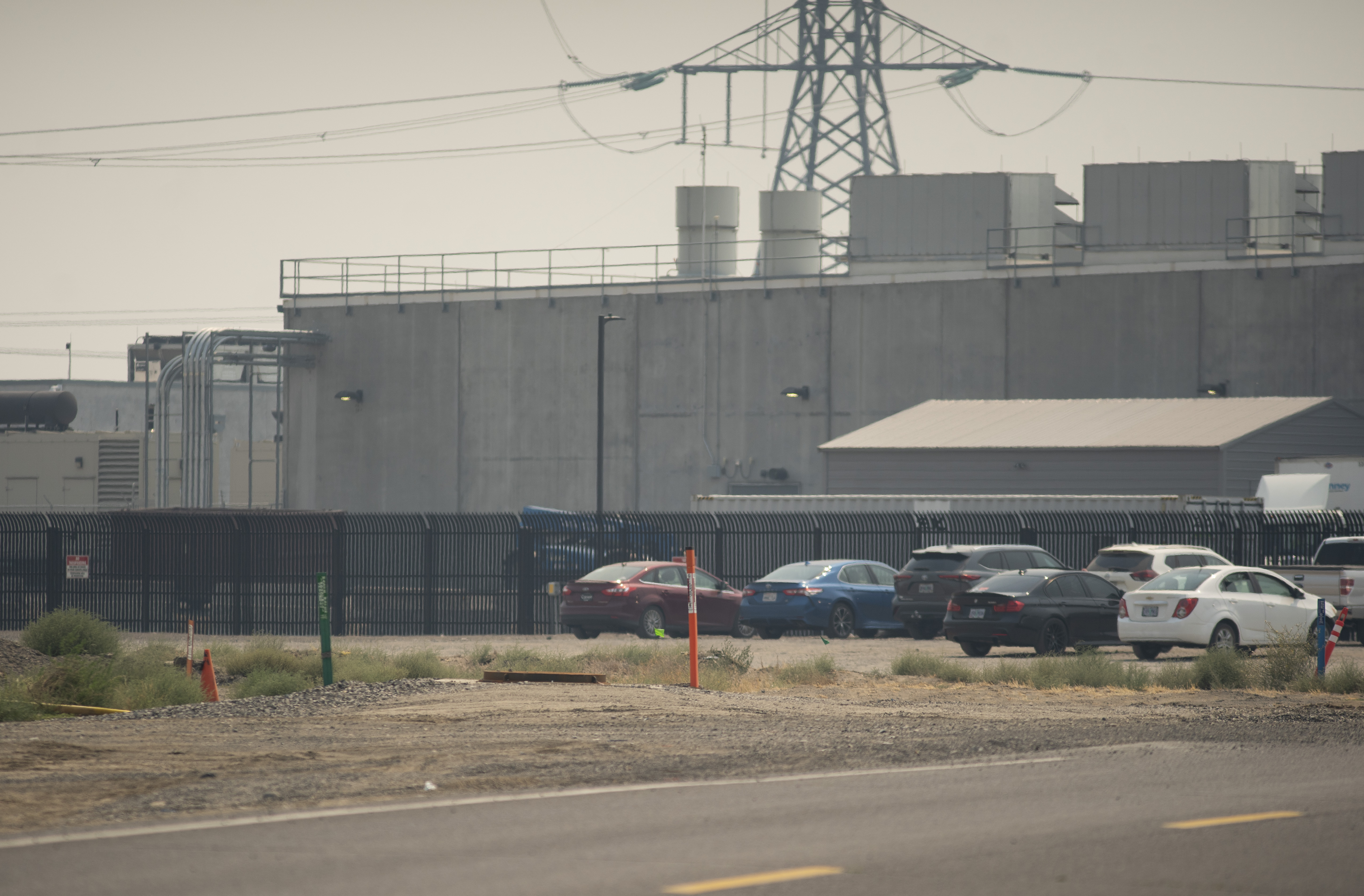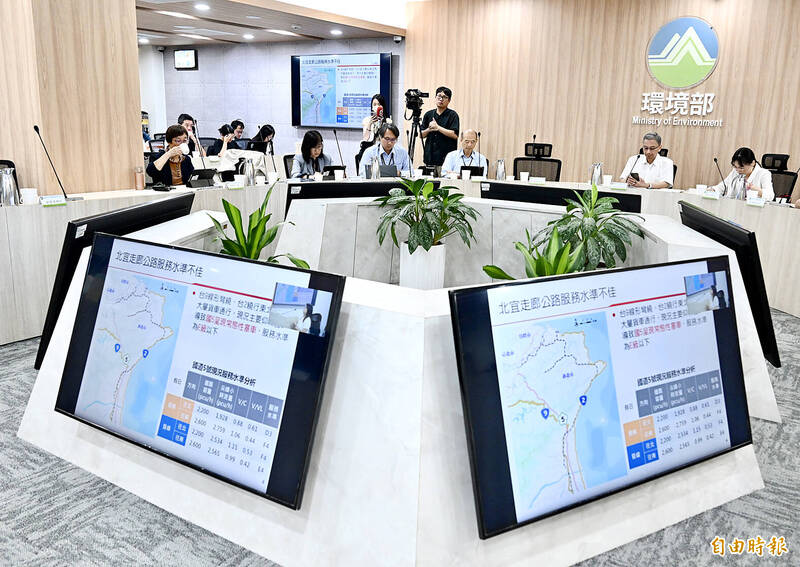Public Hearing Report: Micron Technology’s Proposed Clay Facility and Sustainable Development Goal Implications
Overview of Public Engagement and Institutional Processes (SDG 16)
A public hearing was conducted at Liverpool High School to address the environmental impacts of Micron Technology’s proposed semiconductor manufacturing plant in Clay, N.Y. This event represented the sole opportunity for in-person public commentary, a key component of ensuring inclusive and participatory decision-making as outlined in SDG 16 (Peace, Justice and Strong Institutions). Key details of the engagement include:
- Nearly 90 individuals provided testimony across three sessions.
- The hearing focused exclusively on the project’s environmental ramifications.
- A deadline for written comments has been set for August 11, extending the period for public input.
Alignment with Economic and Industrial Development Goals
Proponents of the project highlighted its potential to advance several Sustainable Development Goals, primarily through economic stimulation and technological advancement.
- SDG 8: Decent Work and Economic Growth: The project was praised for its potential to create jobs and stimulate significant economic activity in the region, contributing to sustained and inclusive economic growth.
- SDG 9: Industry, Innovation and Infrastructure: The establishment of a modern chipmaking facility is seen as a major investment in resilient infrastructure and a driver of industrial innovation, positioning the region at the forefront of a critical technological sector.
Environmental and Social Sustainability Concerns
Critics raised significant concerns regarding the project’s conflict with key environmental and health-related SDGs. The primary points of contention centered on the responsible management of natural resources and hazardous materials.
- SDG 15: Life on Land & SDG 6: Clean Water and Sanitation: Major criticism was directed at the planned destruction of hundreds of acres of wetlands. This action directly contravenes the objectives of SDG 15, which calls for the protection and restoration of terrestrial ecosystems. The degradation of wetlands also threatens local water quality, impacting the goals of SDG 6.
- SDG 12: Responsible Consumption and Production & SDG 3: Good Health and Well-being: The proposed use of toxic chemicals in the manufacturing process raised alarms regarding SDG 12, which advocates for the environmentally sound management of chemicals and wastes throughout their life cycle. Potential contamination poses a direct risk to community health, conflicting with the aims of SDG 3.
1. Which SDGs are addressed or connected to the issues highlighted in the article?
-
SDG 8: Decent Work and Economic Growth
The article mentions the project’s “potential economic benefits,” which directly relates to promoting sustained, inclusive, and sustainable economic growth.
-
SDG 6: Clean Water and Sanitation
The plan to “destroy hundreds of acres of wetlands” and “use toxic chemicals” raises concerns about the protection of water-related ecosystems and the quality of water resources.
-
SDG 15: Life on Land
The destruction of “hundreds of acres of wetlands” is a direct threat to terrestrial and inland freshwater ecosystems and their biodiversity, which is a core focus of this goal.
-
SDG 12: Responsible Consumption and Production
The concern over the “use of toxic chemicals in its production process” connects to the goal of ensuring the environmentally sound management of chemicals and wastes.
-
SDG 16: Peace, Justice and Strong Institutions
The article describes a “public hearing” where citizens can “comment in person on the project’s environmental impacts,” which exemplifies the goal of ensuring responsive, inclusive, and participatory decision-making.
2. What specific targets under those SDGs can be identified based on the article’s content?
-
SDG 8: Decent Work and Economic Growth
- Target 8.2: Achieve higher levels of economic productivity through diversification, technological upgrading and innovation. The article refers to a “chipmaking plant,” which is a high-technology industry that can boost economic productivity.
-
SDG 6: Clean Water and Sanitation
- Target 6.3: By 2030, improve water quality by reducing pollution… and minimizing release of hazardous chemicals and materials. The concern about the “use of toxic chemicals” directly relates to this target.
- Target 6.6: By 2020, protect and restore water-related ecosystems, including… wetlands. The plan to “destroy hundreds of acres of wetlands” makes this target highly relevant.
-
SDG 15: Life on Land
- Target 15.5: Take urgent and significant action to reduce the degradation of natural habitats, halt the loss of biodiversity. The destruction of wetlands is a clear example of the degradation of a natural habitat.
-
SDG 12: Responsible Consumption and Production
- Target 12.4: By 2020, achieve the environmentally sound management of chemicals and all wastes… and significantly reduce their release to air, water and soil. The criticism regarding the “use of toxic chemicals” aligns with this target.
-
SDG 16: Peace, Justice and Strong Institutions
- Target 16.7: Ensure responsive, inclusive, participatory and representative decision-making at all levels. The article’s description of the “public hearing” where “nearly 90 people spoke” is a direct example of this target in action.
3. Are there any indicators mentioned or implied in the article that can be used to measure progress towards the identified targets?
The article provides specific quantitative and qualitative information that can serve as or imply indicators for the identified targets:
-
Indicator for Target 6.6 & 15.5:
The article explicitly mentions a plan to “destroy hundreds of acres of wetlands.” The “hundreds of acres” is a direct quantitative measure (Indicator 6.6.1: Change in the extent of water-related ecosystems over time) that can be used to track the impact on local ecosystems.
-
Indicator for Target 16.7:
The article states that “Nearly 90 people spoke at the three sessions of Thursday’s hearing.” This number serves as a direct quantitative indicator of public participation in the decision-making process related to the project’s environmental review.
-
Implied Indicator for Target 12.4 & 6.3:
The mention of the “use of toxic chemicals” implies the generation of hazardous waste and potential release into the environment. While no specific chemicals or amounts are listed, this points to the need to measure hazardous waste generation and treatment (Indicator 12.4.2) and water quality (Indicator 6.3.2).
-
Implied Indicator for Target 8.2:
The reference to the project’s “potential economic benefits” implies future tracking of economic indicators such as local job creation or contribution to regional GDP, which would measure progress towards this target.
4. SDGs, Targets, and Indicators Table
| SDGs | Targets | Indicators |
|---|---|---|
| SDG 8: Decent Work and Economic Growth | 8.2: Achieve higher levels of economic productivity through… technological upgrading and innovation. | Implied: Measurement of “potential economic benefits” from the high-tech chipmaking plant. |
| SDG 6: Clean Water and Sanitation | 6.6: Protect and restore water-related ecosystems, including… wetlands. | Mentioned: A plan to “destroy hundreds of acres of wetlands.” |
| SDG 15: Life on Land | 15.5: Take urgent and significant action to reduce the degradation of natural habitats. | Mentioned: The destruction of wetlands as a form of natural habitat degradation. |
| SDG 12: Responsible Consumption and Production | 12.4: Achieve the environmentally sound management of chemicals and all wastes. | Implied: The “use of toxic chemicals” implies the need to monitor and manage hazardous waste. |
| SDG 16: Peace, Justice and Strong Institutions | 16.7: Ensure responsive, inclusive, participatory and representative decision-making. | Mentioned: “Nearly 90 people spoke” at the public hearing, serving as a measure of participation. |
Source: syracuse.com






